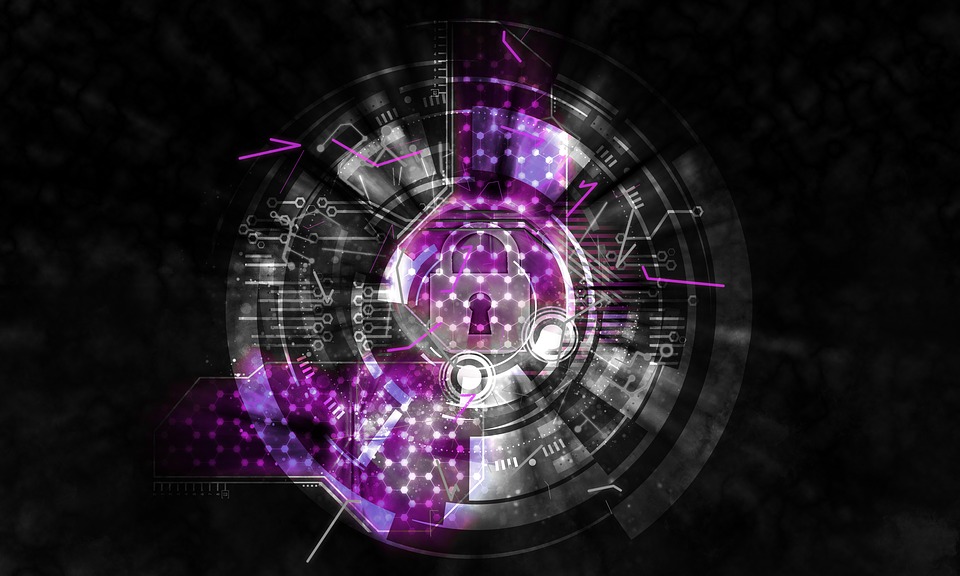
What is Secure Access Service Edge (SASE)?
SASE, which stands for Secure Access Service Edge, is a cloud-based network security model. SASE uses a technology called software-defined networking (SDN), which allows software to manage networks and combine them with network security features. SASE simplifies network infrastructure and security management by providing organizations with a single service provider for all connectivity and security needs.
This cloud-based security model was proposed by Gartner (News - Alert) in their 2019 report on cybersecurity in the cloud. It allows organizations to enforce secure access policies regardless of the physical location of users or network services. The SASE architecture identifies users and devices requesting access, enforces policy-based security and compliance, and ensures secure access.
Previous network architectures used a hub and spoke model. They connected users in multiple locations to resources hosted in centralized data centers. All data and applications would reside in this core data center, and users could connect via a virtual private network (VPN).
The problem with this traditional model is that it is not appropriate for evolving technologies and cultures. Cloud migrations and Security as a Service (SaaS (News - Alert)) adds complexity, because it requires more maintenance and monitoring. Additionally, the hub-and-spoke model becomes impractical as more remote workers reside in different locations, increasing latency for critical applications.
On the other hand, SASE performs network control at the cloud edge, instead of using the data center as a primary hub for all network traffic. This simplifies networking and security services, does not require a VPN, and provides lower latency. With built-in security and a single monitoring platform, SASE is an easier and more secure way to configure network infrastructure in the hybrid enterprise.
What Are the Benefits of SASE Adoption?
Cost Reduction
SASE allows organizations to eliminate multiple physical and virtual security solutions from multiple vendors. Instead, it provides a single cloud-native solution. This reduces disparate equipment costs, and overheads associated with unnecessary network complexity. SASE further reduces costs by simplifying ongoing upgrades, patching, and network maintenance.
Reducing network complexity also reduces the workload for IT staff. As a result, SASE significantly reduces IT costs while providing improved network performance monitoring and security threat monitoring.
Edge to Edge Security
SASE secures and connects enterprise WANs in a simplified way, improving manageability and performance. It combines networking and security features to form a single, multi-tenant cloud platform.
Because SD-WAN is an integral part of the SASE solution, features such as active-active failover and WAN optimization are available, which increase network resiliency and improve performance. As part of a complete cybersecurity stack, SASE solutions typically include features such as SWGs, NGFWs, and IPS. The result is a cloud-native model that protects all edges and provides comprehensive network visibility.
Data Protection
Collecting, storing, and sharing large volumes of data is a common practice today in businesses of all sizes. As the threat of data breaches has grown over the years, protecting this data has become a more important issue. Data loss prevention (DLP) is a technology designed to protect sensitive information.
SASE automates multiple DLP processes, eliminating the need for separate tools to protect data. SASE can find where data is stored, identify data in use or in transit, and classify it according to sensitivity levels. Security measures such as user and device authentication allow you to control who has access to the data at any given time. SASE DLP enables seamless deployment of protection policies across a distributed corporate network.
How Will SASE Affect the Security Stack?
The growing popularity of SaaS, PaaS, and IaaS solutions is improving productivity and driving a shift to remote work. However, while this push to the cloud can simplify business processes, it leaves sensitive data and corporate networks vulnerable to malicious actors. Security teams often manage multiple network security solutions to protect corporate data stored on third-party providers and accessed over the Internet.
The cybersecurity stack has become disturbingly complex. Some tools contribute more value than others, and there are many coordination and integration challenges.
Siloed security stacks are labor intensive because it is difficult to move threat data between security solutions. Security teams need to create policies on multiple systems. These solutions also generate a large number of alerts, making it difficult to identify real threats.
In a SASE solution, all elements of the security stack are offered by the same provider and are designed to meet specific requirements. Security solutions are pre-integrated and work seamlessly together. For example, data from a threat intelligence platform can inform a secure web gateway (SWG) to block web activity from known malicious domains. If the SWG cannot determine the origin of the file, it can submit the file to the cloud sandbox to verify its functionality and, based on the result, block future connection attempts from the same domain.
A security stack built for SASE solutions allows teams to manage all of these features from a single interface. Security teams can create and implement policies designed to provide protection at the cloud edge, where most user activity occurs. All SASE security features are identity-centric and cloud-native, with security measures focused on the identity of the user or device rather than the data center. Zero Trust Network Access (ZTNA) solutions play an important role here, as they help determine whether users can access data and applications.
Conclusion
In this article, I explained the basics of SASE and showed a few ways it will change the security environment. SASE will:
- Reduce the cost and complexity of deploying secure network infrastructure
- Help organizations implement a zero trust security model
- Reduce the reliance on point solutions from multiple vendors
- Improve productivity for security and development teams
I hope this will be useful as you evaluate the adoption of the SASE model in your organization.




